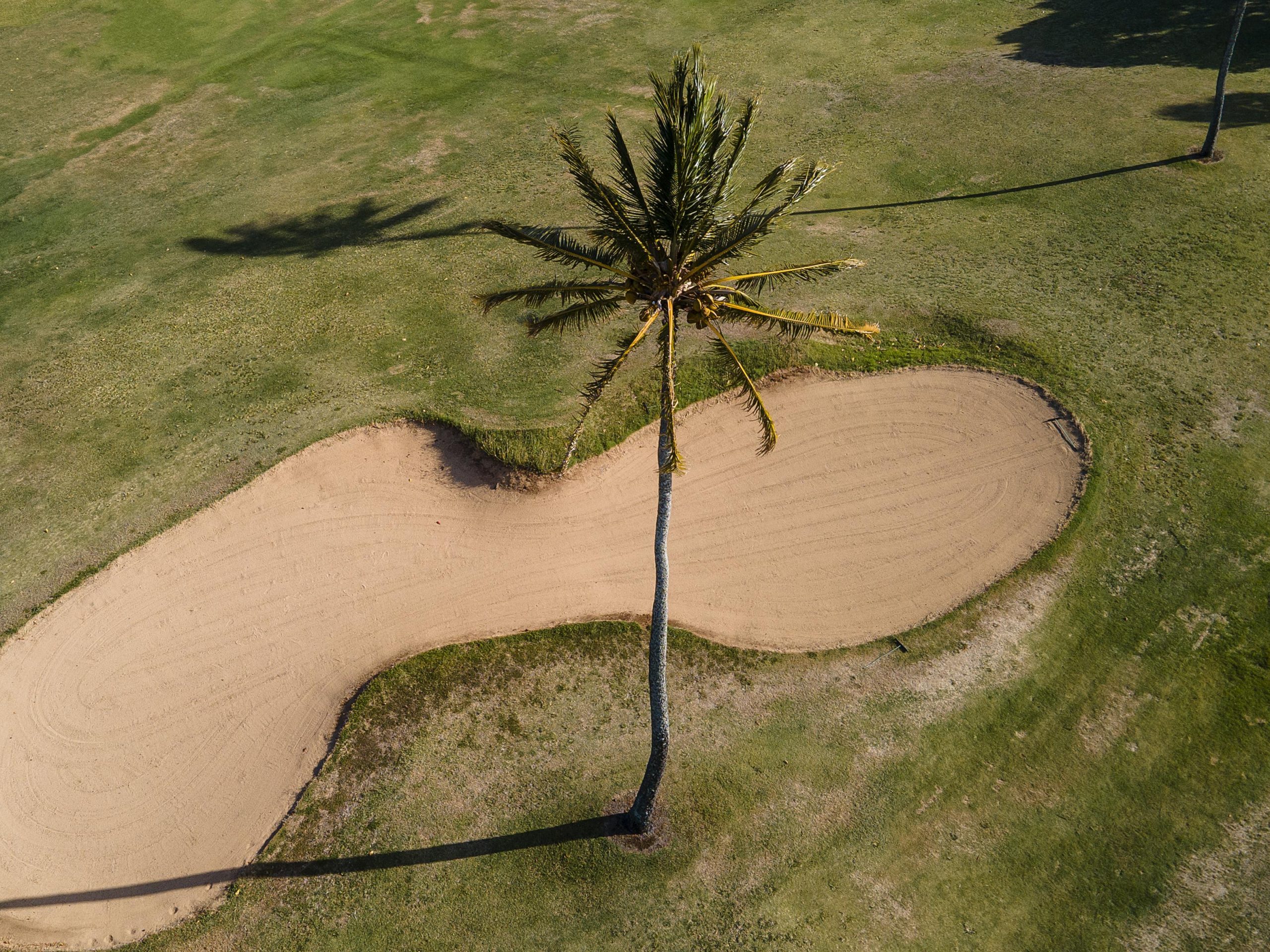Synopsis
Enduring playability begins long before the first green is seeded. A top golf design architect who honours native landforms fashions routing that works with wind, soil and drainage instead of against them. Yet design brilliance alone cannot preserve surfaces year after year; the baton quickly passes to golf course maintenance firms whose agronomic craft keeps contours firm and greens healthy. When an integrated golf architecture & construction firm collaborates early with golf design companies, earth-moving volumes fall, native grasses thrive and irrigation efficiencies multiply. Dialogue continues as seasoned golf course design firms supply digital topographic files, helping superintendents mow precisely along ridgelines envisioned by top golf architects. This alignment of artistry and science extends turf life, trims operating costs and protects environmental resources. The resulting course feels sculpted by nature yet performs with modern consistency—proof that maintenance insight is design’s most powerful ally when sustainability and shot value must coexist.
Table Of Content
- Landforms as the First Strategy Layer
- Grading for Drainage and Root Health
- Turfgrass Selection Meets Native Ecology
- Digital Mapping for Perfect Mow Lines
- Resource Efficiency and Carbon Awareness
- Year-Round Conditioning Through Collaboration
- NWD Golf’s Integrated Design-to-Care Model
- Service Grid that Future-Proofs Surfaces
Landforms as the First Strategy Layer
Routing that respects existing contours reduces soil disturbance, cuts diesel use and amplifies strategic nuance. A top golf design architect begins by walking the site on foot, identifying natural spines that can direct run-off and guide ball roll. Rather than carving artificial hazards, subtle depressions become collecting bunkers and low shoulders frame approach angles. Early coordination with golf course maintenance firms confirms that proposed slopes sit within mowing-equipment tolerances, preventing later scalping or wash-boarding. When landform integrity stays intact, the course gains character without needless earth-moving, and maintenance teams inherit terrain that behaves predictably under seasonal stress. Together, design vision and day-to-day care build a foundation for surfaces that remain lively decade after decade.
Grading for Drainage and Root Health
Poor sub-surface movement invites compaction, algae and winterkill. During earthworks, an integrated golf architecture & construction firm laser-grades sub-bases to a tenth of a percent, ensuring gravity does the heavy lifting long after pumps switch off. Porous sand channels running below landing zones wick water from traffic lanes, and maintenance crews top-dress lightly to keep pore space open. Close dialogue with the top golf design architect keeps drain lines hidden beneath aesthetic contours, preserving natural sightlines. Cooperation continues at hand-over, when maintenance teams map every outfall in GPS files supplied by collaborative golf design companies. The seamless chain of information allows crews to diagnose blockages quickly, keeping root zones oxygen-rich and greens rolling true.
Turfgrass Selection Meets Native Ecology
Choosing the right grass occupies a narrow intersection of climate, soil chemistry and play preference. Agronomists inside golf course design firms analyse cation exchange capacity, salinity and shade paths before short-listing cultivars. Warm-season hybrids may dominate fairways, yet cool-season blends on shaded collars retain colour through shoulder months. Maintenance managers pilot small trial plots a season ahead, sharing clipping-yield data with the top golf architects who adjust mowing patterns accordingly. By aligning botany with design intent, the course resists disease pressure, needs fewer chemical inputs and still delivers firm, fast conditions prized by shot-makers.
Digital Mapping for Perfect Mow Lines
Precision mowing protects contour integrity. Drone photogrammetry processed by technology-driven golf design companies produces centimeter-accurate surface maps that maintenance crews overlay on GPS-guided mowers. Striping follows ridge axes exactly as the top golf design architect envisioned, reinforcing visual rhythm while eliminating scalloped edges. When bunker faces require hand-trimming, crews reference the same digital files on tablets, ensuring sand flashes remain crisp and symmetrical. This fusion of digital design and on-ground execution sustains the architect’s aesthetic season after season.
Resource Efficiency and Carbon Awareness
Fuel, water and fertiliser consume major operating budgets and environmental capital. By modelling cut-and-fill in early design, an integrated golf architecture & construction firm reduces haul distances that would otherwise burn diesel. Variable-rate irrigation, mapped in tandem with golf course maintenance firms, targets only high-stress turf, saving water without sacrificing colour. Organic soil amendments sourced locally cut fertiliser transport miles. These practices demonstrate how design foresight and maintenance innovation converge to shrink the course’s ecological footprint while protecting playing quality.
Year-Round Conditioning Through Collaboration
Climate swings demand responsive care plans. Maintenance teams share month-end stress-index charts with the top golf design architect, who may suggest altering green micro-slopes or adding shade relief during renovation cycles. Turf moisture probes feed real-time dashboards, allowing superintendents to syringe only areas above wilt thresholds. In winter, lightweight rollers replace heavier triplexes on frost mornings, preserving crown health on tight surrounds shaped by visionary golf course design firms. Such continual feedback elevates both conditioning consistency and the strategic clarity felt by every golfer.
NWD Golf’s Integrated Design-to-Care Model
At NWD Golf, design and stewardship operate as overlapping disciplines. Studio teams pair architects with agronomists in concept workshops, ensuring every contour has a maintenance rationale. Field shapers remain on call through the grow-in period, enabling live adjustments when crews notice drainage anomalies. This holistic loop reduces post-construction surprises and protects design purity year after year.
Service Grid that Future-Proofs Surfaces
Our deliverables extend beyond drawings: feasibility audits benchmark water licences; site analysis decodes micro-climates; schematic plans visualise mow lines; design development embeds irrigation control points; construction observation verifies grade accuracy; renovation planning offers incremental upgrades as technology evolves. Each service is designed to keep native landforms vibrant and greens lasting far into the future.
How do golf course maintenance firms influence initial design?
Maintenance managers provide real-world insight into equipment clearances, turning radii and turf stress zones. Their input shapes contour tolerances and grassing lines, allowing the architect to craft strategy without creating unmaintainable slopes. Early collaboration prevents costly reshaping and sustains design integrity throughout the course’s life cycle.
Why does a top golf design architect emphasise cut-and-fill balance?
Balanced earthworks reduce diesel emissions, shorten build schedules and preserve native soil biology. By respecting natural highs and lows, the architect enhances strategic variety while limiting environmental impact. The approach also hands maintenance crews landforms that drain naturally, reducing future input costs.
What role do golf design companies play in GPS mowing?
Design companies supply high-resolution digital terrain models that synchronise with mower guidance systems. These files dictate exact mow lines, preserve green-to-bunker transitions and reduce operator error. Precision mowing keeps contour edges sharp and playing conditions consistent across seasons.
How can a golf architecture & construction firm aid sustainability?
Integrated firms streamline communication between designers, shapers and installers, minimising re-work and material waste. They specify local sand sources, optimise haul routes and repurpose native vegetation in out-of-play zones. Such efficiency saves carbon and supports ecological resilience without diluting design quality.
How do top golf architects future-proof turf against climate extremes?
Architects collaborate with agronomists to test cultivars under projected temperature and precipitation scenarios. They design subsurface drainage and irrigation redundancies, allowing superintendents to adjust quickly to drought or heavy rainfall. Resulting turf systems stay healthy and playable even as regional climates evolve.
Garrett Wasson is a registered landscape architect and member of the American Society of Golf Course Architects. With a background in turf-grass science and hands-on construction management, he blends technical rigour with creative vision across projects in North America and Asia. Garrett’s passion lies in revitalising classic courses, ensuring their strategic brilliance endures amid modern agronomic and environmental demands.
- Garrett Wassonhttps://nwdgolf.com/blogs/author/garrett-wasson/
- Garrett Wassonhttps://nwdgolf.com/blogs/author/garrett-wasson/
- Garrett Wassonhttps://nwdgolf.com/blogs/author/garrett-wasson/
- Garrett Wassonhttps://nwdgolf.com/blogs/author/garrett-wasson/


